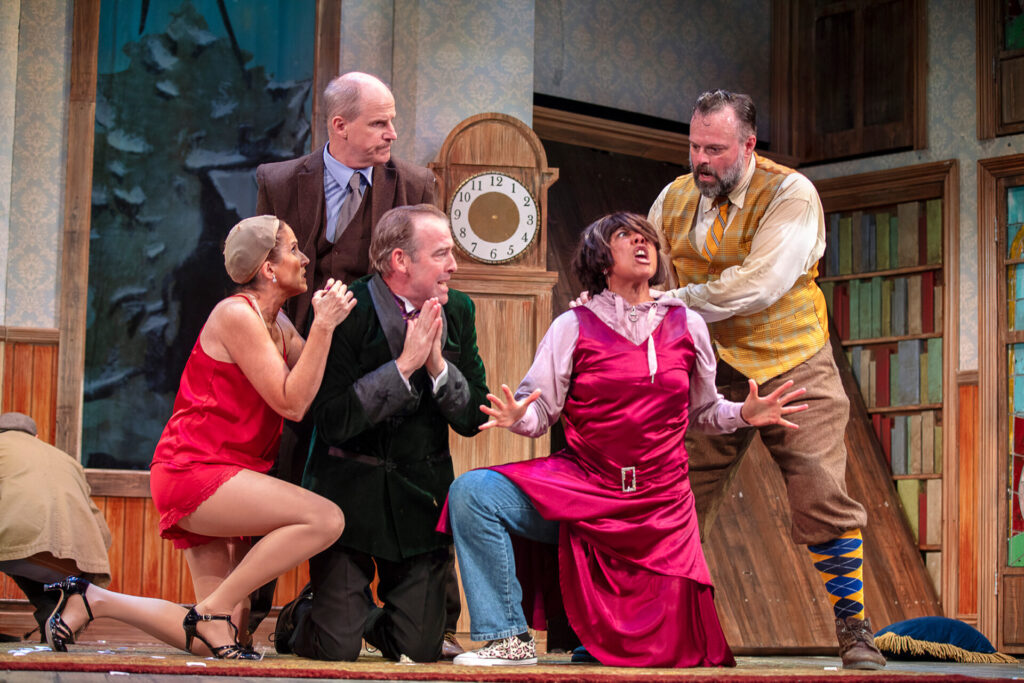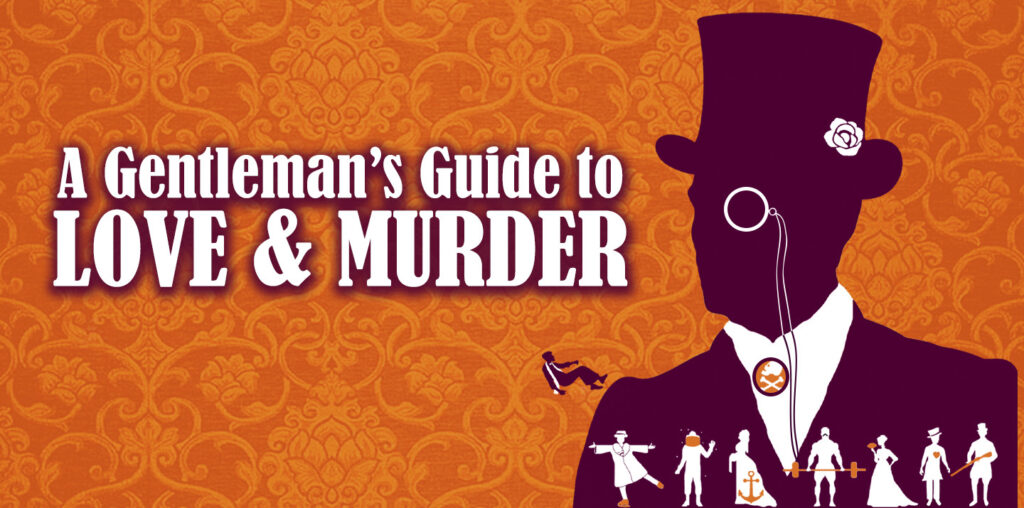Dmitry Yablonsky, Conductor and Cello
MultiPiano Ensemble, and solo pianist Alon Kariv
Melody by Ukrainian composer, Myroslav Skoryk (1938-2020)
Felix Mendelssohn (1809-1847)
Piano Concerto No. 1 in G minor
Performed by piano soloist Alon Kariv (First prize winner of the Young Artist Competition in Jerusalem).
- Molto allegro con fuoco in G minor
- Andante in E Major
- Presto-Molto allegro e vivace in G Major
lgnaz Moscheles (1794-1870)
“Les Contrastes,” Grand Duo Op. 115 (for 2 pianos in 8 hands & orchestra), American Premiere
Performed by Multipiano Ensemble
Tomer Lev/Berenika Glixman/Nimrod Meiry-Haftel/Lior Lifshitz
Felix Mendelssohn (1809-1847) & lgnaz Moscheles (1794-1870)
“Fantasie Brilliante & Variations” (for 2 pianos & orchestra), American Premiere
Performed by Multipiano Ensemble
Tomer Lev/Berenika Glixman
— lntermission —
Baruch Berliner (1942- )
“Jacob’s Dream” Cello Concerto, American Premiere
Performed by cello soloist Dmitry Yablonsky.
- lsaac’s Blessing
- Jacob’s Dream
- Cadenza (Prayer)
- Gate to Heaven
Ludwig van Beethoven (1770-1827)
Symphony No. 8 in F Major, Op. 93
- Allegro vivace e con brio (F Major)
- Allegretto scherzando (Bb Major)
- Tempo di menuetto (F Major)
- Allegro vivace (F Major)
Now based in Italy due to the Russian invasion of Ukraine, the Kyiv Virtuosi Symphony Orchestra continues a busy schedule of performances in Europe and the United States.
The State Theatre of New Jersey has the policy that no printed programs are available. One must visit their website for the program. The downside of this is that once the concert begins, all cell phones must be turned off, so an ambitious program such as this one suffers due to most of the audience not knowing what is being played. Thankfully, announcements were periodically made from the stage using a microphone to guide the audience through each piece.
Today’s audience were especially keen to show their affection for this visiting ensemble by applauding during their entrance upon the stage.
After the opening piece on the program, which was beautifully played, Alon Kriv, the piano soloist for the Mendelssohn concerto ran into some difficult stage business. The Theatre’s staff clearly had no experience with the workings of a piano. It wasn’t opened properly, so that the First Cello had to lend his hand to ensure the soloist’s safety. Once the soloist arrived, it was another hurdle for him, since he also checked to assure his instrument was ready, and had to leave the stage to secure his piano bench for the performance. Once these basics were accomplished, Mr. Kriv played the Mendelssohn beautifully, with sensitive and adroit accompaniment by the musicians under the direction of conductor Dmitry Yablonsky.
Next was a stage announcement introducing the next presentations. Pianist Tomer Lev, a member of the MultiPiano Soloists, spoke to the audience. The four would play two pianos, eight hands in the piece by Moscheles, followed by a two-piano piece for two players by Mendelssohn. The two works were played with sparkling pianism and interpretive elan.
After the interval, “Jacob’s Dream” Cello Concerto was played featuring the entire orchestra, First Cellist (uncredited) delivering the text in one of the four parts, and Conductor and Cello soloist Dmitry Yablonsky. Perhaps due to having no printed program, the enthusiastic audience applauded after two of the four movements until Mr. Yablonsky held up his two fingers to indicate no applause yet. The final movement displayed a rhythmic energy inspired by the legendary work of Lalo Schifrin, especially reminiscent of his theme for the television show Mission Impossible. Audience approval was overwhelming for the piece. The orchestra and cello soloist played beautifully. Mr. Yablonsky mentioned that Mr. Berliner was present, and sitting in the first row. The Composer took numerous bows to audience acclaim.
Completing this generous program was an accomplished and nuanced performance of the rarely-heard Eighth Symphony by Beethoven. Such was audience enthusiasm (and unfamiliarity with the work), that applause greeted the conclusion of the first and second movements, prompting the conductor to hold up his fingers indicating that there were more movements to come.








